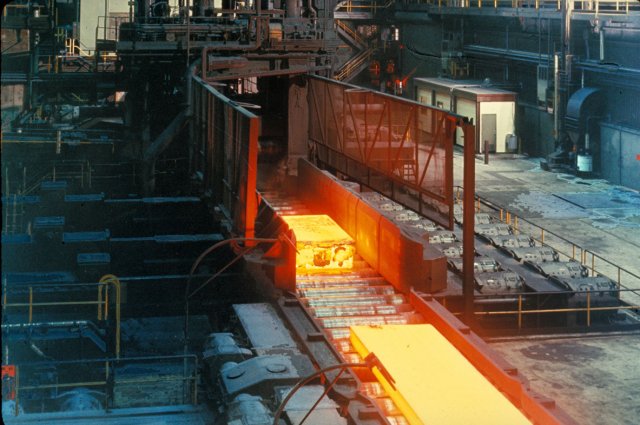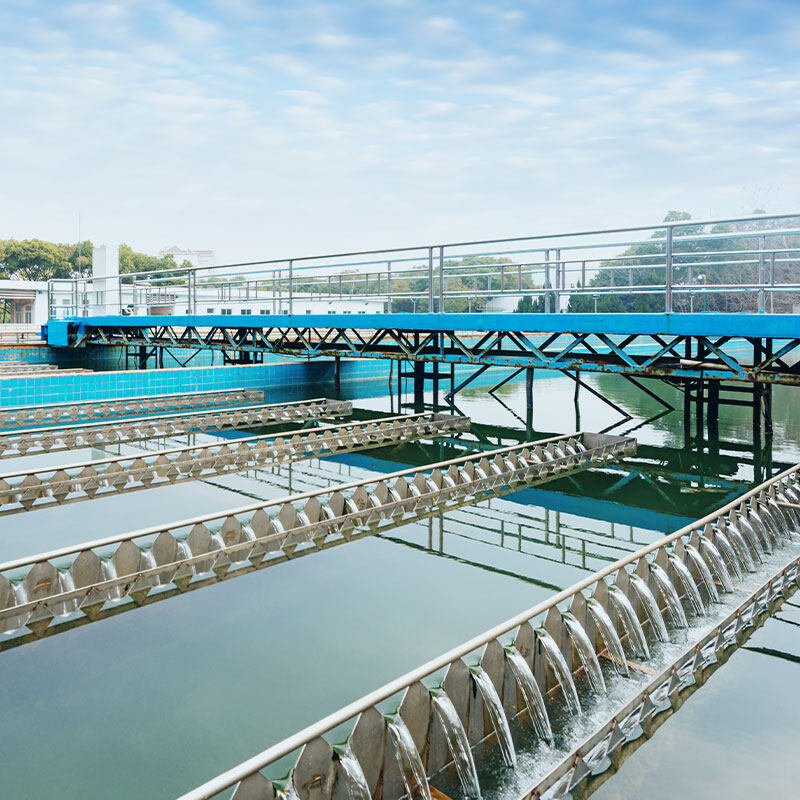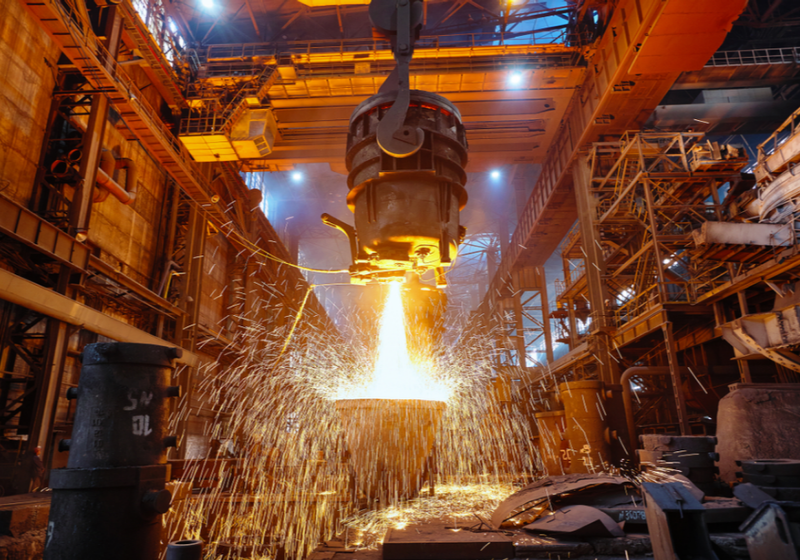Metallurgical Industry Pickling and Cooling Wastewater Treatment
Metallurgical industry wastewater can be divided into Coke plant wastewater, Blast furnace wastewater, Steel making and rolling wastewater according to production properties. It is the wastewater discharged from the entire process of smelting to rolling in a steel plant.
- Coke wastewater is roughly the same as coal gas wastewater.
- Blast furnace wastewater includes cooling water and blast furnace gas washing water.
- Steel making wastewater includes cooling water and waste gas washing wastewater.
- Steel rolling wastewater mainly contains dirt, oil, tar, etc.

Metallurgical wastewater treatment has a wide range of products in the metallurgical industry, with various production processes that discharge a large amount of wastewater, which is one of the main wastewater that pollutes the environment.
The main characteristics of gold treatment wastewater are large water volume, multiple types, and complex and variable water quality. The selection of treatment methods for metallurgical wastewater should be based on the water quality, quantity, and effluent standard of the metallurgical wastewater.
Various types of wastewater can generally be recycled for production after corresponding treatment (physicochemical or biochemical).
Pickling Wastewater Treatment
Metal processing plants such as steel rolling produce pickling wastewater, including waste acid and workpiece flushing water.
Acid pickling requires 1-2 meters of wastewater per ton of steel, which contains free acids and metal ions. For example, steel pickling wastewater contains a large amount of iron ions and a small amount of metal ions such as zinc, chromium, and lead.
- A small amount of pickling wastewater can be neutralized and iron salts can be recovered.
- For a large amount of pickling wastewater, freezing method, spray combustion method, diaphragm dialysis method and other methods can be used to recover acid and iron salts or separate and recover iron oxide.
- If neutral electrolysis process is used to remove iron oxide scale, there will be no acid washing wastewater produced. But the electrolyte must be filtered or treated by magnetic separation method before it can be recycled.
Cooling Water Treatment
Cooling water accounts for the largest proportion of metallurgical wastewater, with cooling water from steel mills accounting for approximately 70% of all wastewater.
Cooling water including indirect cooling water and direct cooling water.
- Indirect cooling water, such as cooling water for blast furnace body, hot blast furnace, hot blast valve, steelmaking open hearth furnace, converter and other metallurgical furnace casings, will increase in water temperature after use and will not be polluted by others. After cooling, it can be recycled. If the vaporization cooling process is adopted, the water consumption can be significantly reduced, and some heat energy can be recycled and utilized.
- Direct cooling water, such as steel rolling mill and roller table cooling water, metal casting cooling water, etc., not only rises in temperature after use due to contact with products, but also contains oil, scale and other substances. If discharged, it will cause siltation and thermal pollution to the water body, and the oil slick will harm aquatic organisms.The treatment method is to first go through a coarse particle sedimentation tank or a hydrocyclone to remove particles with a particle size of over 100 microns, and then send the wastewater into sedimentation to remove suspended particles. To improve the sedimentation effect, coagulants and coagulants can be added. Oil floating in the water can be removed with a scraper. The wastewater can be reused after purification and cooling.
The direct cooling water in the cold rolling workshop contains emulsified oil, which must be first destroyed by methods such as chemical coagulation, heating, or pH adjustment, and then subjected to flotation separation or direct separation by ultrafiltration. The collected waste oil can be regenerated and used as fuel.
Visit www.evuchina.com for more informations!

#QDEVU #WATERTREATMENT #WASTEWATERTREATMENT #SEWAGETREATMENT #SEWAGEWATERTREATMENT #WATERFILTER #WATERFILTRATION #SLUDGETREATMENT #SLUDGEDEWATERING



